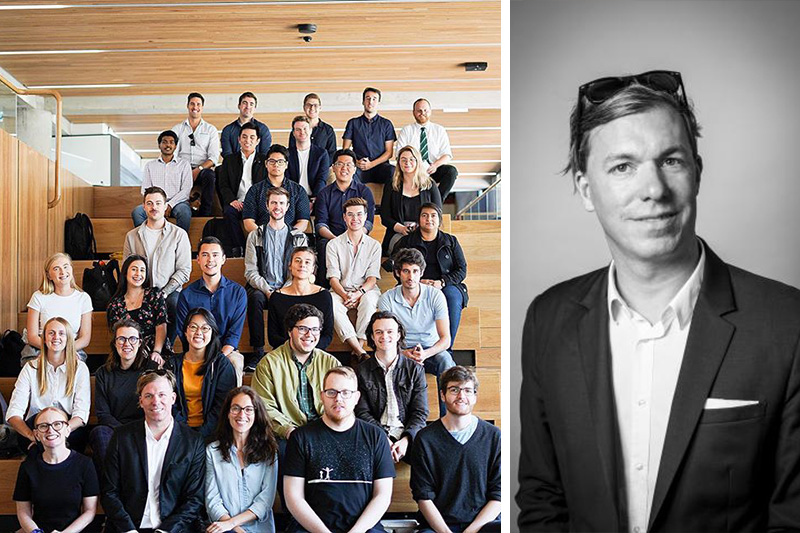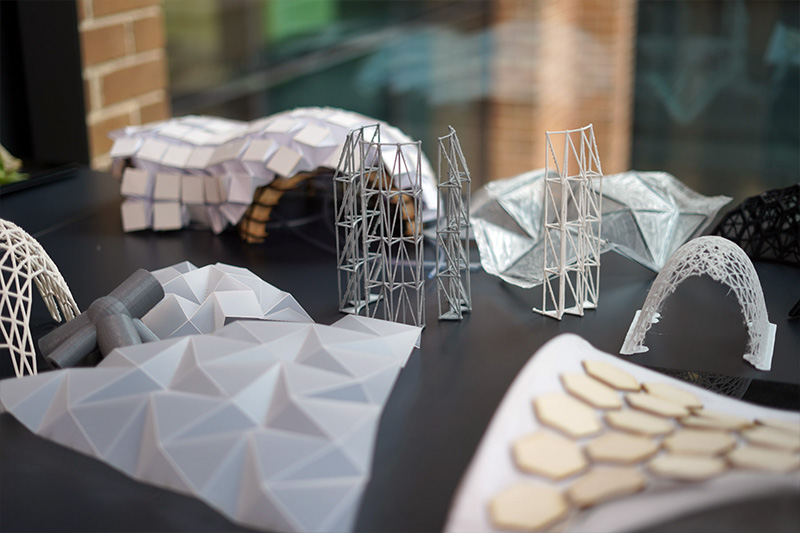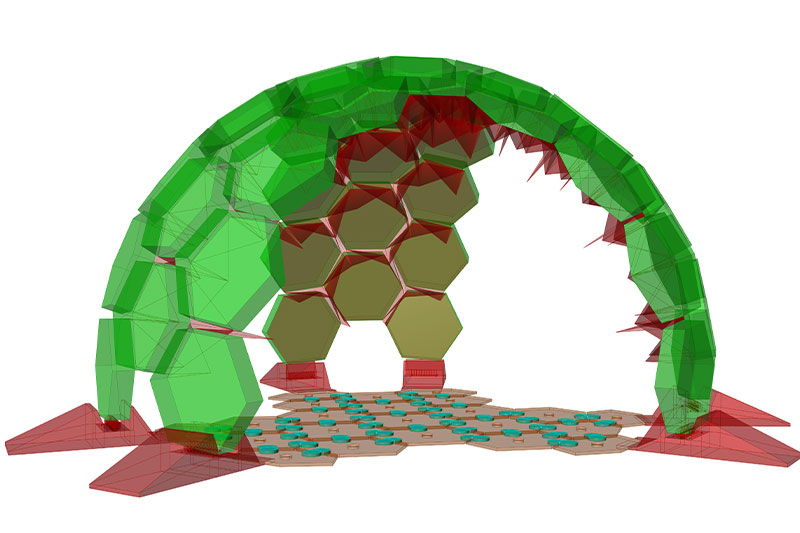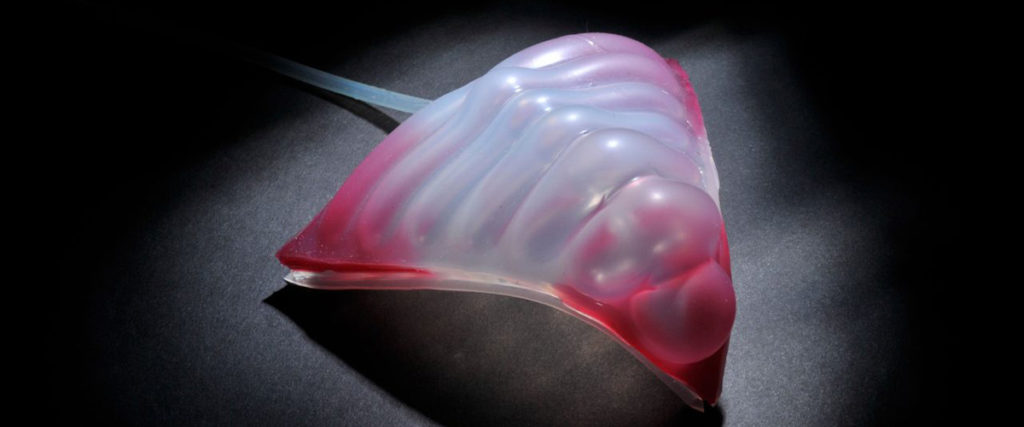The Centaur Pod is a flexible room that resizes itself to fit your needs and rearranges itself to suit your schedule. Dr M. Hank Haeusler talks us through how human-machine interaction could change architecture as we know it.
Imagine a room that swells to its full size in preparation for that 9 am Monday meeting or shrinks down to its smallest form when it’s not in use. That’s what the newest Centaur Pod prototype is designed to do, thanks to a cutting-edge collaboration between world-class engineering firm Arup and the University of New South Wales (UNSW) in Sydney. Pushing the boundaries of responsive architecture, the resulting smart room interlinks machine learning with computational design, engineering intelligent solutions to make the best use of limited space. Associate Professor M. Hank Haeusler, Discipline Director of UNSW’s CoDe programme, sat down with the Hive Life team to explain how the project’s findings could revolutionise architectural design.

An inflatable, origami-inspired meeting room, the Centaur Pod will measure 6 by 9 meters – the size of a small meeting room. “Through machine learning, the system first captures data on behaviour patterns in that space, learns from it, then responds through a spatial change,” Hank explains. The ultimate goal? An intelligent structure that adapts its size autonomously in response to human social needs.
“What we’re interested in, is what happens when the robot and space become one,” Hank remarks. Unlike the rigid structures of metal and concrete that currently dominate the architectural field, the Centaur Pod smart room experiments with soft robotics – dynamic, flexible structures made of silicon or origami-inspired muscles powered by pneumatic systems that can be scaled up to the size of buildings.

In addition to the physical design and construction of the prototype, Hank and his research team are experimenting with augmented reality (AR) to create more user-friendly assembly manuals. “We want to have a process where you put on the HoloLens, and it explains to you through an AR overlay where the next part goes, how you rotate it, where the screw hole is, or what kind of tool do you have to pick up,” he explains. Partnering with Melbourne-based company Fologram, they’re paving the way forward in construction for a more intuitive future.

Originally inspired by Centaur chess, a form of advanced chess between man/machine teams that enhanced the strategic capabilities of human chess players by allowing them access to a computer chess programme, Hank explains, “We took the idea because we were quite interested in whether you could create better outcomes for the 21st century if a human and a machine designed together.”
The project hopes to advance research in six burgeoning disciplines: machine learning and artificial intelligence, robot and digital fabrication, and augmented and virtual reality. The hope is, their findings will provide engineers with a foundation for creating smart rooms that ease cramped living conditions in overcrowded cities such as Hong Kong or replace heavy motors or hydraulic systems with soft robotics systems in overshading designs. The research could also be applied to dynamic structures that respond to environmental stimuli, such as an office that adjusts the amount of sunlight it lets in, or a rainwater harvesting system that optimises its shape to collect more water.

As a 3 to 5 year undertaking, the research project cycles through a new iteration every year, creating a new prototype of the Centaur Pod to be exhibited in Arup offices in Australia. Headed by a small team of researchers from UNSW and Arup, the Centaur Pod project is developed further every semester by 20 to 30 UNSW Computational Design students, whom Hank terms “the main drivers of the Centaur Pod project.” The project is now approaching the end of its first annual cycle and is on track to exhibit a fully functional, full-size model of their selected bioinspired design in June.
For now, Hank and his team continue to grapple with the logistical challenges of engineering something that has never existed before. Investigating everything from safety considerations to the ideal air pressure to use, Hank is hopeful about what the future might bring. Perhaps one day, we’ll all have smart rooms.





